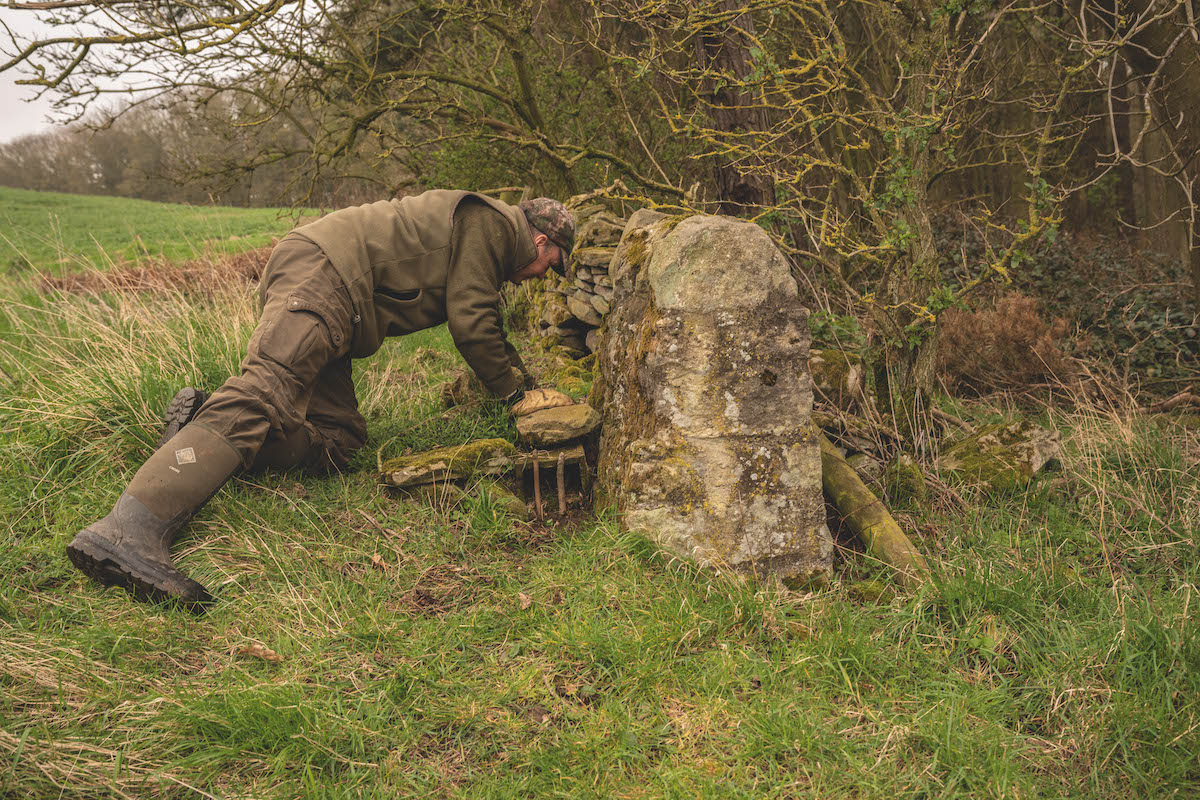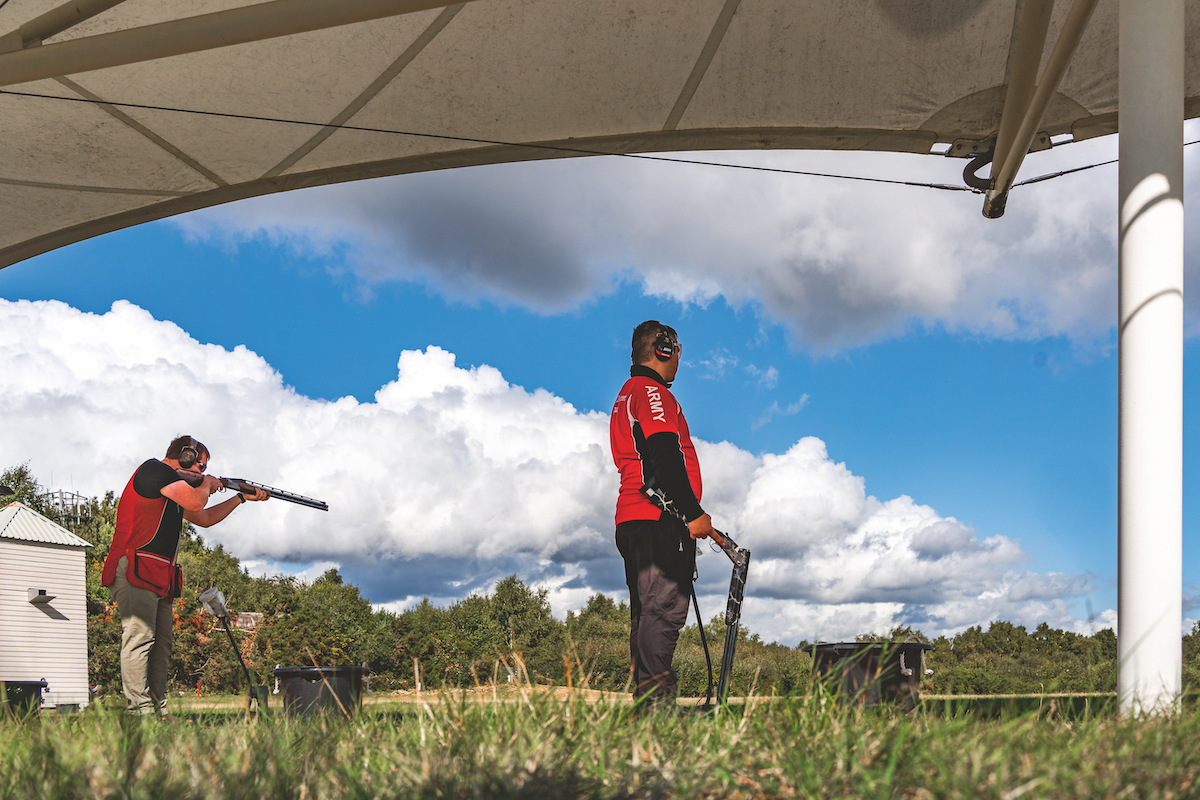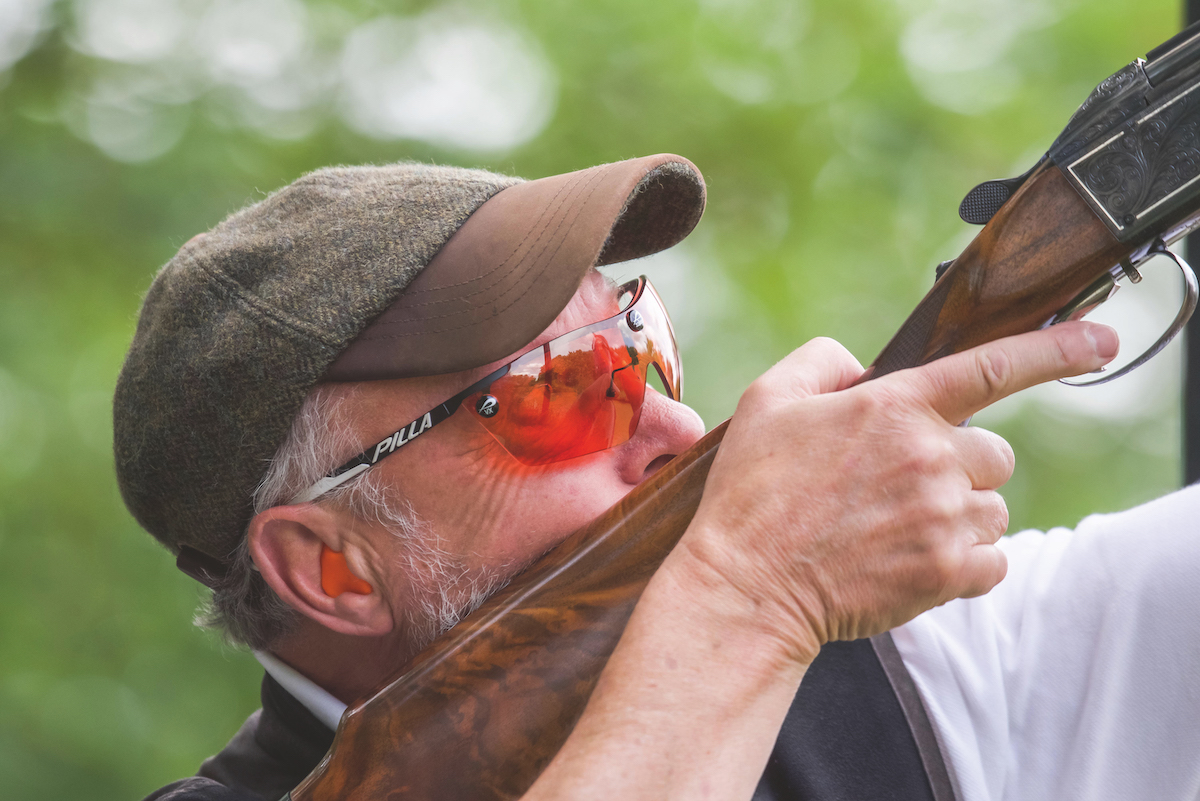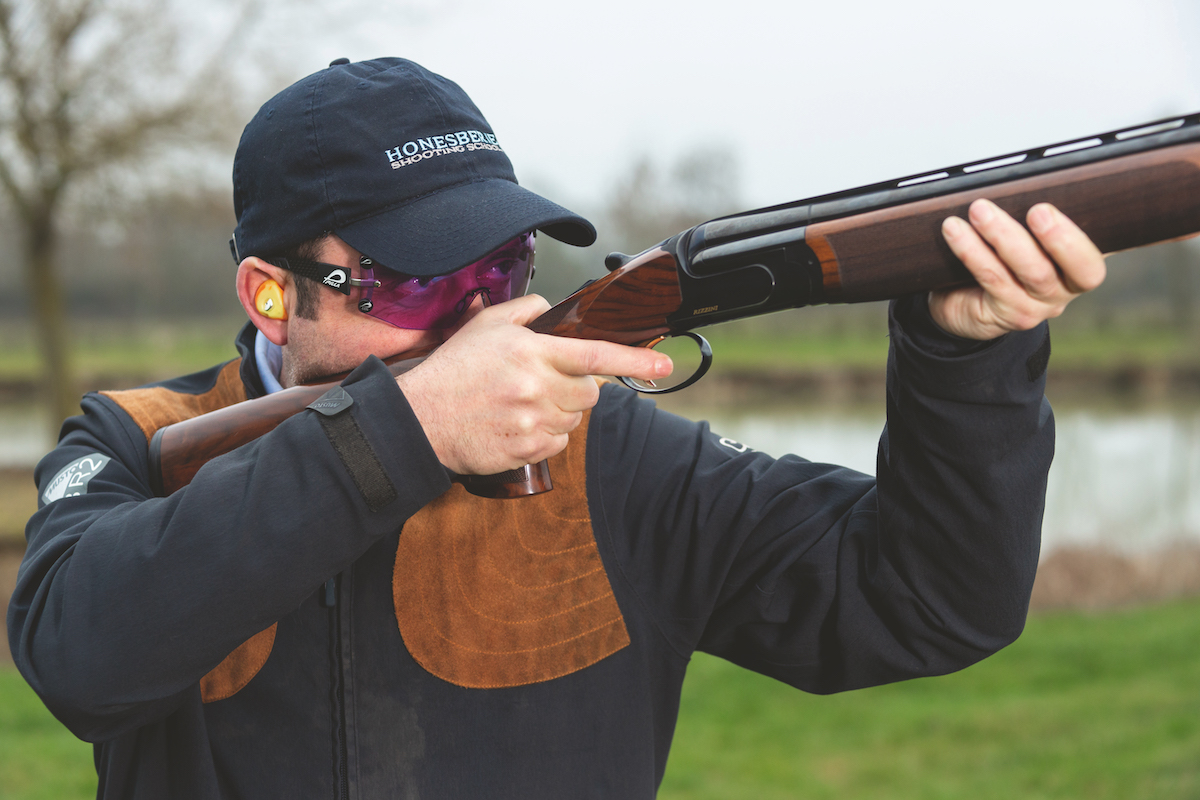How to trap a stoat (and other predators)
If we want to rear birds we have to reduce predators and it is vital that we do so humanely and effectively, advises Liam Bell

Traps must be checked frequently and cleared once they have caught something
A shoot can have perfect holding, nesting and brood-rearing habitat. It can have the world’s best and most protected release pens and the best of foods on tap. But without predation control the success of our wild birds would be severely limited and the returns on our reared birds greatly reduced. (Read more on using traps for pest control here.)

Mustelids and rats will take the eggs of birds such as grey partridges
Small animal trapping is necessary
This is why the trapping and shooting of small mammals such as stoats and weasels; Larsen trapping of carrion crows and magpies to lessen the effects their predation has on red-listed birds; and the snaring and cage trapping of foxes to reduce their numbers prior to the nesting season is a vital part of what we do.
If you add the control of rats to reduce the predation of eggs and chicks of wild birds — and to limit the spread of diseases such as Weil’s, which can be fatal to humans and dogs — you can see why it is far from easy to keep predation at acceptable levels. We have to be realistic, and I am not being defeatist when I say this, but we are never going to catch the last rat, trap the last carrion crow or shoot the last fox. What we can do, though, is time and target our predation control so it has the maximum effect.
Chris Warne of Collins Nets says: “Pest and predator control is an integral part of conservation and wildlife management. It is necessary to reduce predation and damage to acceptable levels, particularly at vulnerable times of the year such as the nesting season.” So you need to know how to trap a stoat and any other predators that are around.
When time is limited, we need to be pragmatic about how much we can do. Two or three Larsen traps, frequently moved and resited when they have caught, can cover a lot of ground. They are easier to manage and more effective than twice the number left in the same place and rarely moved. (More on using traps and snares.)
Magpies trap earlier in the year than carrion crows; they can be paired up and seeking out nest sites from early January. They won’t really trap until late February, when nest-building starts in earnest, but are at least three or four weeks ahead of crows. We try to catch the pair but have found, at least with magpies, that if you have only caught one bird after 24 hours, there is little chance of the second bird going in.
It is better to move the trap on and into the territory of a new pair than leave it where it is in the hope the second bird will change its mind and go in. And catching a single bird will break the pair up so will, in effect, do the same job as catching both.
The same goes for pairs that refuse to go in, as some do early on in the season. Their territories are best left trap-free for a week or so, then retrapped when the resident pair have strengthened their bond with each other and are hefted in. (Read how to keep moles off your lawn.)

The New Zealand DOC trap’s sliding mesh makes it simple and quick to remove for cleaning
Trapping crows
Crows trap later and do behave slightly differently. Early on you can catch what you assume to be a pair, leave the trap where it is and continue catching singles and pairs for several days afterwards. The newbies are generally birds that have noticed the resident pair has gone and are trying to claim the newly vacant patch as their own.
I prefer Larsen traps that are made of lightweight, green plastic-coated weldmesh panels than the more traditional wood-framed ones. They are easier to keep clean, blend in better with their surroundings and are stronger, lighter and easier to carry. The catch-rate in the plastics is no higher than in the wooden ones; we simply find them easier to use.
You can also buy round multi-catch traps, which are very good and especially useful for mopping up gangs of unpaired males. The gangs they form will cause as much damage as a resident pair of birds, if left to their own devices.

Crows tend to be more cautious about Larsen traps than magpies
Less cautious
Side-entry traps seem to work better than top-entry traps for crows, because crows like to walk around a trap, having a look at who and what’s inside it, before deciding whether they are going to go in. Magpies tend to be less cautious and more willing to jump on top of a trap to gain a more dominant position over the call bird. They are more likely to go into a top-entry trap but both door types will, of course, catch both species of bird.
If you are undecided on what type of trap to buy, you could try one with both a side and a top entry, and some side-entry ‘add ons’ to put next your older traps if they only have the spring doors on the top.
Legislation relating to the trapping of small mammals such as stoats and weasels changed in April 2020. It is now illegal to set a non-approved trap for stoats or set a non-approved trap in a tunnel where it may trap a stoat, even if the intended target is a rat or a squirrel.
Fenn MK4s, the trap most commonly used in tunnels prior to the AIHTS (Agreement on International Humane Trapping Standards) coming into force, can still be used for grey squirrels, rats and weasels. But they must not be set where it is likely that it might catch a stoat or where you have previously caught one. So how can you trap a stoat legally?

Under the most recent legislation, you can use DOC and Tully traps for stoats
How to trap a stoat
Thankfully, there are a number of newly approved traps that can be set in tunnels to trap a stoat. They include the Tully trap, the Perdix small mammal trap and New Zealand’s DOC (Department of Conservation) , which was designed for catching possums.
There are cheaper versions of the MK4 Fenn for rats and squirrels, but they come a poor second and aren’t worth the money. They have weaker springs, are less well made and don’t last very well when compared with the ones made by Fenn.
The Fenn MK6 can be used for trapping mink, as it is stronger and bigger, but we have had more success here using baited cage traps.
There are also BMI bodygrip traps, which are particularly good when set in boxes on trees for grey squirrels. However, they failed to pass the testing for trapping stoats. The WCS tube trap is a trap and tunnel in one and is ideal for use around gardens and yards where there are dogs and cats that could potentially dig up or scratch into a more conventional tunnel and get injured. The springs are very strong and to date everything I have caught around my yard has been dead in the tunnel. Another advantage is that the trap can be checked from a distance because the arm of the spring is visible from the outside.

The WCS is a trap and tunnel in one and is ideal for use around gardens where there may be pets
There is also a make of trap called Goodnature. Its A24 trap can be used for stoats and rats, and the A18 is approved for squirrels. Kania and Procull also make squirrel traps. The DOC traps can be placed in a run-through tunnel for stoats, weasels and rats and can be used for grey squirrels if set in a single-entry tunnel as opposed to a run-through.
Chris Warne adds: “Bestselling traps vary from season to season depending on the quarry. We supply traps for associations trying to protect native species including red squirrels, river voles and native crayfish.”
There is a range of traps available and it is the user’s responsibility to ensure that they comply with legislation when setting them.








